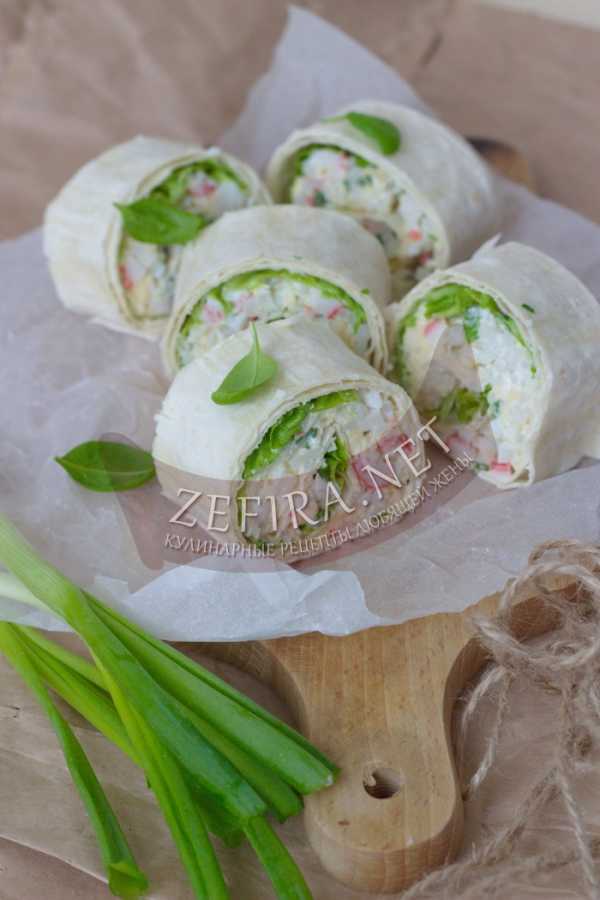
New book by Nigella Lawson! “Do, eat, repeat” review
Content
After years of longing for the most spontaneous and hedonistic person in the world of cooking, we have a new book. Nigella Lawson and Do Eat Repeat. Ingredients, Recipes and Stories is a return to culinary storytelling and valuable thoughts.
/
The queen is back!
When Nigella Lawson disappeared from the media world, her fans were very upset. Probably not so much because of her personal crises, although perhaps some developed human empathy, but because they selfishly yearned to see a man enjoying every bite. In her programs and books, she added too much butter with a certain degree of negligence, opened the refrigerator in the middle of the night to dip a teaspoon in chocolate cream and mercilessly poured rum or cognac into desserts, winking at the viewer. It was the epitome of the pleasure of cooking and eating. She argued that some of the dishes should be done earlier, since the satisfaction of the guests is the happiness of the host or hostess. That sometimes it’s worth betting on well-known tastes, and not nervously checking whether a new dish has turned out on our menu or not. Today, Nigella is back with a book that's a little different from the rest. So, can you count on drool and a motivational punch?
"Perfect" Recipes by Nigella Lawson
"Do, eat, repeat" surprises with its graphic design. On the dust jacket, we don't see Nigella's smiling face serving the dish we're used to in previous publications. Like the new English editions of cookbooks, the cover is extremely simple. Inside, the amount of text can surprise you. These are no longer short forms that are recipe editorials, but long pages of texts - incredibly brilliant and really well translated. Translator Dorota Malina beautifully wove words into Nigella's narrative that fit an Oxford graduate. So what does Nigella write about?
In many ways, she makes it clear to the reader that there is no perfect recipe, and in cooking you always have to partially trust your own intuition and observations. He emphasizes from the outset that deviating from the recipe is perfectly acceptable, as long as we don't try to compare the effect with the original, which often happens with people who say, "I replaced a few ingredients with others and this dish tastes completely different." . than it was before." Lawson reminds you that cooking can be liberating and humiliating because the ingredients don't always behave the same way. Different types of vegetables behave differently when cooked depending on the degree of maturity or the amount of water in them; In winter, the temperature in the kitchen is lower, so many dishes take a little longer to cook and take longer to heat up. Cooking should be primarily an occasion to create memories, unite around the table and calm down.
Are you interested in the topic? Check out our other articles:
- Cook like a champion! TOP 5 books by Jamie Oliver
- TOP 5 books for vegetarians
- Korean cuisine for everyone. “Pierogi with kimchi” by Viola Blazutska – review
The pleasure of cooking
The healing properties of cooking, chopping and kneading will surely be experienced by those who, after a hard day, dipped their hands in yeast dough or slowly mixed tomato sauce with a wooden spoon. Nigella explains in detail what pleasure is, and weaves threads of guilt associated with food into the book - a topic that is quite prominently raised, for example, by nutritionists. Lawson presents us with a photograph of an infant tasting vegetable puree for the first time, and sadly states that we all lose that childhood joy at some point in our lives—sometimes through ideals of beauty and remorse over food, sometimes through scarcity. time. good tastes. The author advises us to get rid of remorse and trust our intuition. They didn't worry too much about eating, because it's one of the few simple pleasures that can be enjoyed both alone and in company.
Extensive descriptions of recipes, methods for preparing them, ways to prepare the elements of a dish ahead of time, and substitutes if we don't really have access to the ingredient in question are very helpful. For example, a painterly depiction of a sauce that thickens with every movement of a wooden spoon across the bottom of the pot makes the reader want to head straight for the kitchen.
Unusual and delicious recipes
Culinary lovers will surprise Nigella with unusual flavor combinations. Marzipan pie, crispy chicken sandwich, crab cheese pasta, lilac syrup and lemon juice cake. All Nigella's recipes just make you want to cook, especially when you read her brilliant and often ironic remarks and anecdotes. The availability of certain ingredients can be a problem in Polish conditions. While Korean gochujang can be found online or at grocery stores with a wide range of oriental ingredients, I can't imagine a store where you could buy white and brown crab meat or banana shallots.
In the book, I noticed two elements that require additional attention from the point of view of a cook in Poland. First, the sandwich bread recipe contains durum wheat flour, which you will not find on the shelves under this name (probably a flour with a high content of gluten, such as the one used for pizza).
Secondly, the goulash in question is present in the recipe for goulash with beef meatballs and intestines. This is not a problem: we can buy beef, thin and thick pork. Remember, however, that Polish intestines are preserved with salt and must be thoroughly washed and desalted before cooking. There is no such information in the recipe. If someone were to simply add chopped goulash to Nigella's stew, as the author suggests, they would end up with an incredibly salty dish. Perhaps in England the intestines are sold raw, unsalted, hence the difference.
What is Nigella Lawson's kitchen like?
One of the biggest trends in the food world is vegetarian and vegan cuisine. Nigella's new book makes absolutely no claim to being a book for those who avoid animal products. I respect it a lot, and I really like it, because it absolutely fits her.
The author does not try to fit into trends just to win the sympathy of new readers. In addition, her account of the pleasure of eating and the therapeutic aspect of cooking touches on issues that many people face - over-controlling their weight, obsessing over the origin of each ingredient, and over- and mindlessly swallowing what is wasted. I think if most people would follow her advice and happily eat as much as their body needs and listen to their brain signals, the world would be a place where less food would be wasted and people would be healthier and happier. would act in harmony with themselves. .
Nigella's recipes from Make, Eat, Repeat magazine are perfect for long autumn and winter evenings. Not only hot and hearty meals in the style of "comfort food" will bring pleasure, but also the process of their preparation - unhurried, simple and repeatable. It seems that this is one of the few cookbooks that you first read with undisguised joy, and then you test it in the kitchen.
Good to have Nigella back.
You can find more texts about AvtoTachki Passions in the section I cook.
Photo and cover: Source: Insignis materials / Cover: © Matt Holyoak
